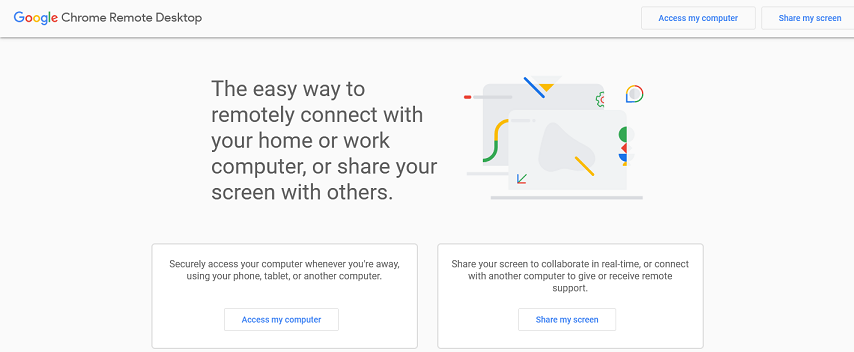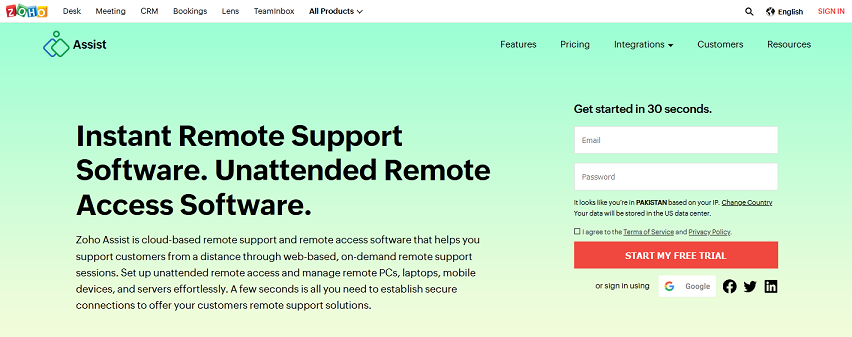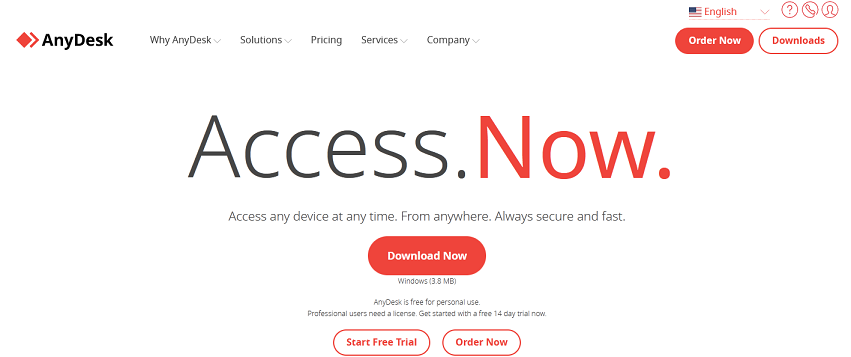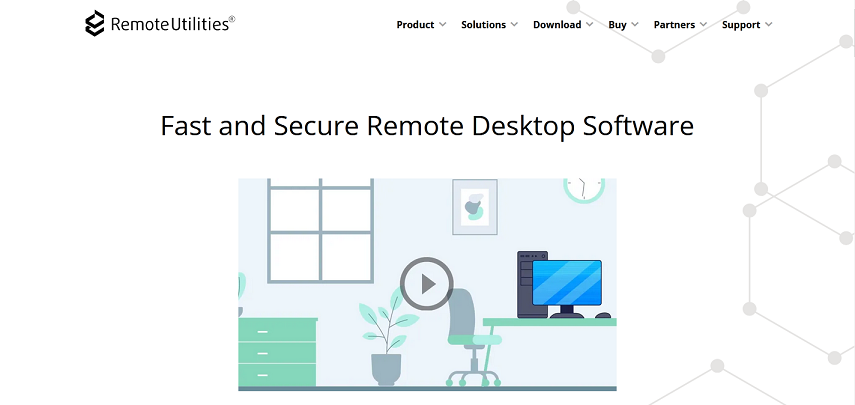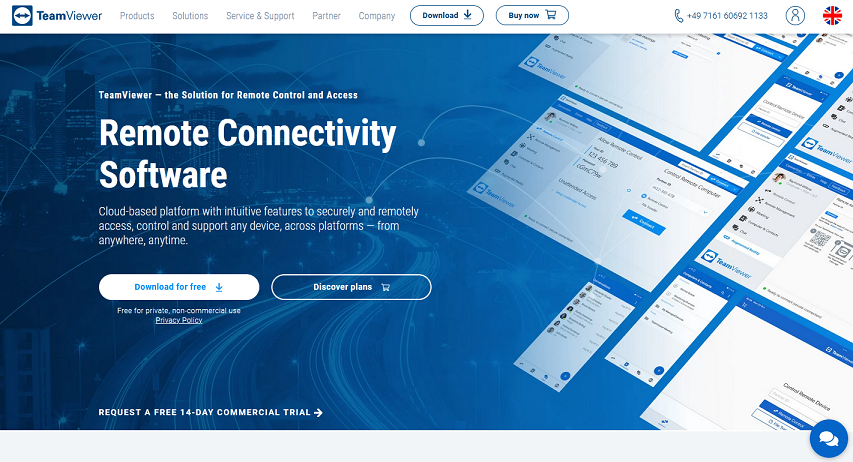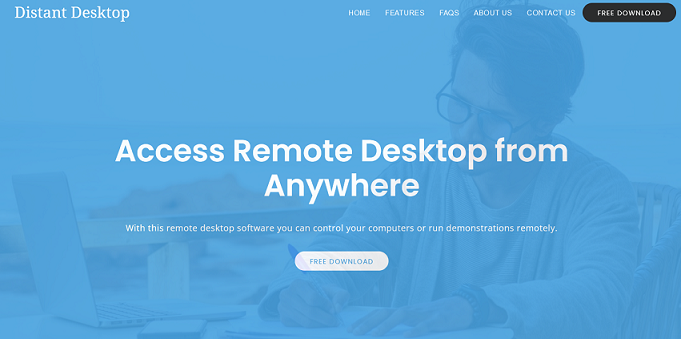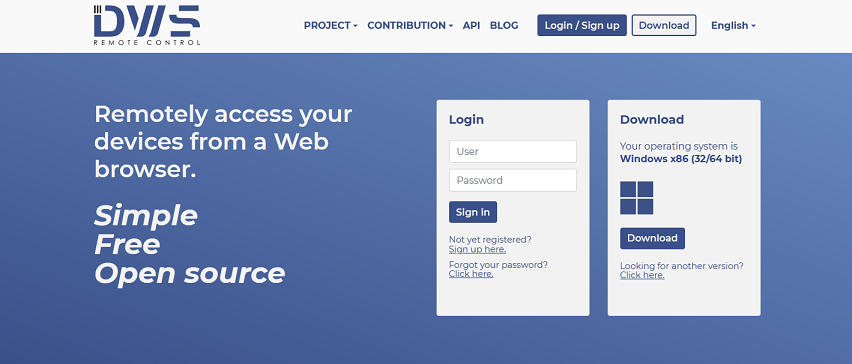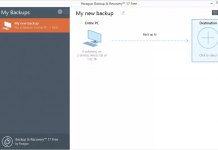
Remote desktop software, often known as remote access software or remote control software, allows you to control one computer from another. By remote control, we genuinely mean remote control—you may take over the mouse and keyboard and operate the computer you’ve connected to as if it were your own.
In most cases, remotely accessing a computer necessitates the installation of software on the machine to which you wish to connect, known as the host. Another computer or device with the necessary credentials, known as the client, connects to and controls the host.
What Is the Difference Between Remote Desktop Software and Remote Assistance Access?
Remote desktop software:
Remote desktop software, like remote assistance software, allows technicians to remotely access and control a user’s computer. The main difference is that the user’s computer is typically locked out so that the technician can work uninterrupted.
Remote desktop software can also keep a persistent connection to a remote computer even when no one is using it. Employees can access their office computer from home whenever they need to access files, print documents, share presentations, or do anything else they would normally do at their desk.
Remote assistance software:
Remote assistance software is typically used by support technicians to provide remote technical support to a user’s computer. To make the connection, the user must grant the tech access via an invitation. Both the user and the technician will be looking at the same screen at the same time, and they will be able to control the computer as needed.
Top 7 Best Free Remote Desktop Software In 2022 Are List Below:
1. Chrome Remote Desktop
Chrome Remote Desktop is a Chrome browser plugin that allows you to configure a computer for the best free remote desktop software.
The way this works is that you install the extension to acquire either a random code that you can share with someone else for spontaneous support (get that code here) or a PIN that you can use to log in to the computer at any time from your own Google account.
Sign in to Chrome Remote Desktop from another web browser using the same Google credentials or a temporary access code generated by the host machine to connect to the host browser.
Because you’re logged in, you can readily see the other PC’s name, from which you may select it and start the remote session.
There isn’t a chat function like in other programs, but it’s quite simple to set up and allows you to connect to your computer (or anyone else’s) from anywhere using just your web browser.
Furthermore, you can remote enter the machine even if the user does not have Chrome open or is totally logged out of their user account.
It works with every operating system that uses Chrome, including Windows, Mac, Linux, and Chromebooks, because it runs entirely within Chrome.
2. Zoho Assist
Zoho Assist is best free remote desktop software that is available for free for both personal and commercial use. Through a unique session ID and password, you can share screens and files, as well as chat remotely with the other user.
On the Zoho Assist website, the host must select Share My Screen and then START NOW to obtain a session ID and password to provide to the client. You can either manually copy the ID and password, share a unique URL with the client, or simply enter their email address to have the connection information emailed to them.
The host must also download a small tool that the client can use to remotely control the computer. Save ZA Connect.exe to your computer by clicking the Download button, and then run it to install it.
Once the host computer is fully configured and ready to go, the client must navigate to the Join Screen Sharing Session page and enter the client computer’s ID and password.
Alternatively, if the host shared the information via email or a URL, the client can simply use that information to connect to the host.
The client does not have full control rights by default, only viewing permissions. To modify this, the client must navigate to Session > Request Control and wait for the host to click Yes.
This programme also includes clipboard sharing, a pause button for the host, and an annotation tool that allows the host and client to draw on the screen.
It is said to be compatible with Windows 10, 8, 7, Vista, and XP, as well as Windows Server 2019 through 2003.
3. AnyDesk
AnyDesk is a best free remote desktop software that can be run portable or installed as a regular programme.
Launch it on the PC to which you want to connect and take note of the 9-digit number or custom alias, if one is configured.
When the client connects, the host is prompted to allow or deny the connection, as well as control permissions such as allowing sound, clipboard use, and the ability to block the host’s keyboard/mouse control.
Run AnyDesk on another computer, then enter the host’s Remote Desk ID or alias in the program’s Remote Address section, and wait for the host to accept the connection. AnyDesk’s web client can also be used to connect to the host.
The client does not have to wait for the host to accept the connection if unattended access is enabled.
The programme automatically updates and can enter full-screen mode, balance connection quality and speed, record the remote session, transfer files and sound, sync the clipboard, run keyboard shortcuts, take screenshots of the remote computer, and restart the host computer.
It is compatible with macOS, Linux, and Windows 11, 10, 8, 7, Vista, and XP. There are also apps for iOS, Android, Chrome OS, FreeBSD, and the Raspberry Pi.
4. Remote Utilities
Remote Utilities is best free remote desktop software with a slew of useful features. It operates by connecting two remote computers using an Internet ID. This application allows you to control a total of ten machines.
To acquire permanent access to Host, install it on a Windows PC. Or simply run Agent, which gives on-the-fly assistance without the need for installation—it may even be launched from a flash drive. The host computer acquires an Internet ID, which is used by the client to establish a connection.
The Viewer program establishes a connection with the host or agent software. Download Viewer separately or as part of the Viewer + Host combo file. If you don’t want to install anything, you can get a portable version of the Viewer.
Connecting the Viewer to the Host or Agent does not necessitate any router changes such as port forwarding, making setup extremely simple. The client only needs to enter his or her Internet ID and password.
There are also free client programs available for iOS and Android users. Different modules can be accessed via the viewer, allowing you to remotely access a computer without even viewing the screen, however screen-viewing is unquestionably Remote Utilities’ core function.
Here are a few of the modules that Remote Utilities supports: A remote task manager, file transfer, power control for remote rebooting or WOL, a remote terminal (command prompt access), a remote file launcher, a system information manager, text chat, remote registry access, and remote webcam watching are all available.
Remote printing and viewing multiple monitors are also supported in addition to these features. Unfortunately, because there are so many possibilities, establishing Remote Utilities on the host computer might be difficult.
Remote Utilities is compatible with Windows 11, 10, 8, 7, Vista, and XP, as well as Windows Server 2019, 2016, 2012, 2008, and 2003. There is also a Linux and macOS version, however both are in beta and may not work as well as the Windows edition.
5. TeamViewer
TeamViewer, as the name implies, is a best free remote desktop software that allows multiple users to easily collaborate over remote computer connections. Furthermore, because of its communication and presentation tools, it is our top choice for team collaboration.
TeamViewer was created in 2005 to provide an online support tool, and it is our pick for the best team collaboration tool due to its robust collaboration, communication, and presentation features.
Users can use TeamViewer to connect to remote computers and devices running Windows, Mac OS, Linux, Android, and iOS. It also supports drag-and-drop file transfers, remote printing, and secure unattended access through two-factor authentication and 256-bit AES encryption.
Multiple users can communicate and collaborate using the software’s built-in video conferencing tool and instant messaging chat, in addition to interactive screen sharing and online whiteboards.
TeamViewer’s cross-platform remote sharing capabilities, combined with its interactive demonstration capabilities, enable teams of any size to run interactive demonstrations in online meetings while taking control of users’ computers for real-time collaboration.
6. Distant Desktop
This is best free remote desktop software that is completely portable. It’s also completely free for both personal and commercial use, which is unusual.
The computer that the client will control only needs to share their ID and password with the other computer.
Connect to the computer that will be performing the remote access and enter the host’s ID and password. The tabs at the top of the programme allow you to open multiple connections at the same time.
Once you’re connected to the other computer, you can send and receive files as well as communicate with them via text or voice. Passwords are generated automatically, but you can customise them to make them easier to remember.
Windows 11, 10, 8, Vista, and 7, as well as Windows Server 2008, 2003, and 2000, are all supported by the programme.
7. DWService
DWService is best free remote desktop software and open-source project that makes remote access a breeze. The software is installed or temporarily launched by the host, and the client logs in using any web browser to run commands, control the screen, or access files and directories.
The host has two options: download the DWAgent and execute it for one-time, on-demand access (excellent for tech help) or install it for permanent remote access (perfect if it’s your own computer).
If you select the run option rather than the install option, you will be given a user code and password that the client will require to access the computer. Otherwise, enter the code and password provided by the client in order for them to have constant access to the host computer.
If the host selects the on-demand option, the client has it simple. Log in using the link below and input the code and password displayed in the DWAgent application window on the host’s computer. That’s all!
If the program was installed by the host, the setup process is a little more involved. Create a user account (it’s completely free) using the link below, and then add a new agent to your account. During the software installation, provide the code to the host.
DWService includes a number of tools. You don’t have to launch the screen sharing tool to send/receive files or conduct commands, unlike some remote access apps.
As the client, you have access to the following tools: Files and Folders, Text editor, Log watch, Resources, Screen, and Shell. They allow you to create various text-based files, traverse the file system to create, edit, or delete files, and upload or download files to and from the host; run Command Prompt commands, examine basic system information, shut down tasks, and start or stop services.
The DWAgent host program can be installed on a variety of operating systems, including Windows, Linux, and macOS.
